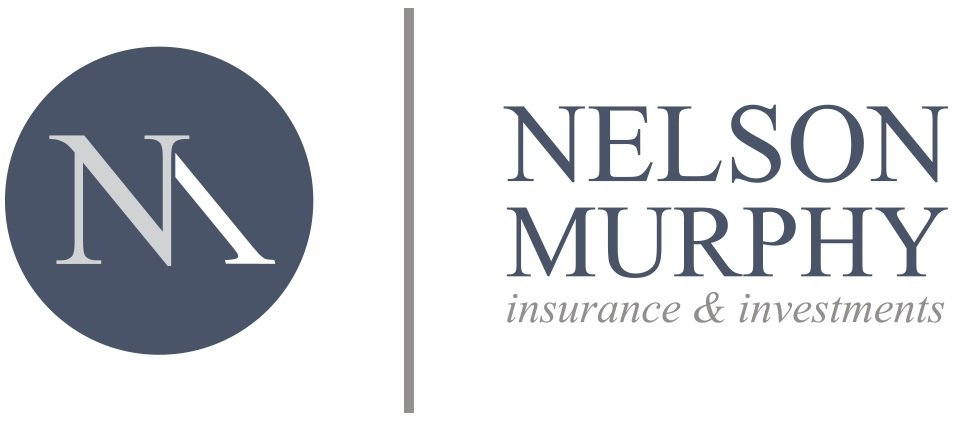401(k) Mistakes To Avoid
While there is no one-size fits all, avoiding these mistakes is a good start
A lot of 401(k) investors end up making the same mistakes when choosing their investments. The results are low returns and unbalanced portfolios. Avoiding these four mistakes is a good start for getting more out of your 401(k).
There is no easy answer to how you should allocate your 401(k). You have to make these decisions on your own based on your personal risk tolerance, investment choices and the allocation of your other investments.
Mistake #1: Going Overboard on Risk Avoidance
Many 401(k) plan participants are either overwhelmed by the list of investment choices or are simply afraid to take any risk in their investments, and so put all of their savings into a money market or stable value fund. Sometimes the money market fund is the default option for their employer’s plan -- meaning their money ends up there, earning very low interest. Nobody bothers to change it.
Money market and stable value funds are basically fancy words for cash, a low risk, low return investment, and the return from cash usually lags behind inflation. This means that a 401(k) in these safe investments will probably decline in value over time. For many folks, the investment horizon is long, so you can tolerate some volatility to get the higher returns later.
Mistake #2: The Equal Allocation Trap
Another common mistake made by investors in their 401(k)s is to invest an equal portion into each available investment option. This is called the 1/N Rule.
There are many problems with taking this approach. First, you do not need to invest in every option available in your plan. Especially now that target date retirement funds (mutual funds that change allocation based on your estimated retirement date, growing more conservative as you age) have become popular, you do not need to invest in every bond fund and every stock fund to achieve diversification. Also, each investment option has been selected based in its individual characteristics, not based on how all of the options work together.
Your employer is not suggesting that you should invest in every option, and certainly not in each equally. Every plan has a different investment line-up.
For example, let’s say your company has one money market fund, one bond fund, and eight stock funds. An equal investment into each fund results in an overall allocation of 80% stocks, 10% bonds, and 10% cash, a pretty aggressive portfolio. The employer’s intent is not to encourage each participant, regardless of age, risk tolerance, and time to retirement, to have an 80/20 allocation.
Mistake #3: Too Much Company Stock
Many companies allow employees to purchase company stock in their retirement plans. As tempting as it might be to bet on a company you know very well (hey, you work there, right?), you should minimize your investment in company stock. Remember Enron, Bear Stearns and Lehman Brothers? Those employees lost their jobs and their retirement savings in one day when their companies went bankrupt.
If you are going to be laid off from your job, your company is probably in trouble, and its stock will also be low. Why would you want to bet your income and your future retirement on one company?
Investments in diversified bond and stock mutual funds will reduce this risk. As a rule of thumb, keep your investment in company stock below 10% of the total account.
Mistake #4: Eschewing Small-cap and International Stocks
When you enroll in a 401(k) plan, your employer should provide you with the recent performance of every investment option in the plan. Most investors are naturally risk-averse, and shy away from investment options that have been down recently.
The performance of small-cap and international stocks has been less than domestic large-cap stocks recently. But these funds are still excellent choices for increasing portfolio diversification. They have characteristics that can improve the overall returns and lessen the volatility of your portfolio.
Remember, risk and return are directly related. Don’t rule out investment options based on past performance alone. You might want to consult with your employer’s human resources manager or whoever manages the company’s benefits plan for help choosing the best allocation.
Or another smart move: Hire a financial advisor, who can help you figure out which mix is right for you.
“Four Common 401(k) Mistakes to Avoid.” FMeX. 2020. https://abm.emaplan.com/ABM/MediaServe/MediaLink?token=730b62e6a1884fdb824cd7569325b97c
Investments are subject to risk, including the loss of principal. Some investments are not suitable for all investors, and there is no guarantee that any investing goal will be met. Past performance is no guarantee of future results. Talk to your financial advisor before making any investing decisions. The main risks of international investing are currency fluctuations, differences in accounting methods; foreign taxation; economic, political or financial instability; lack of timely or reliable information; or unfavorable political or legal developments.

